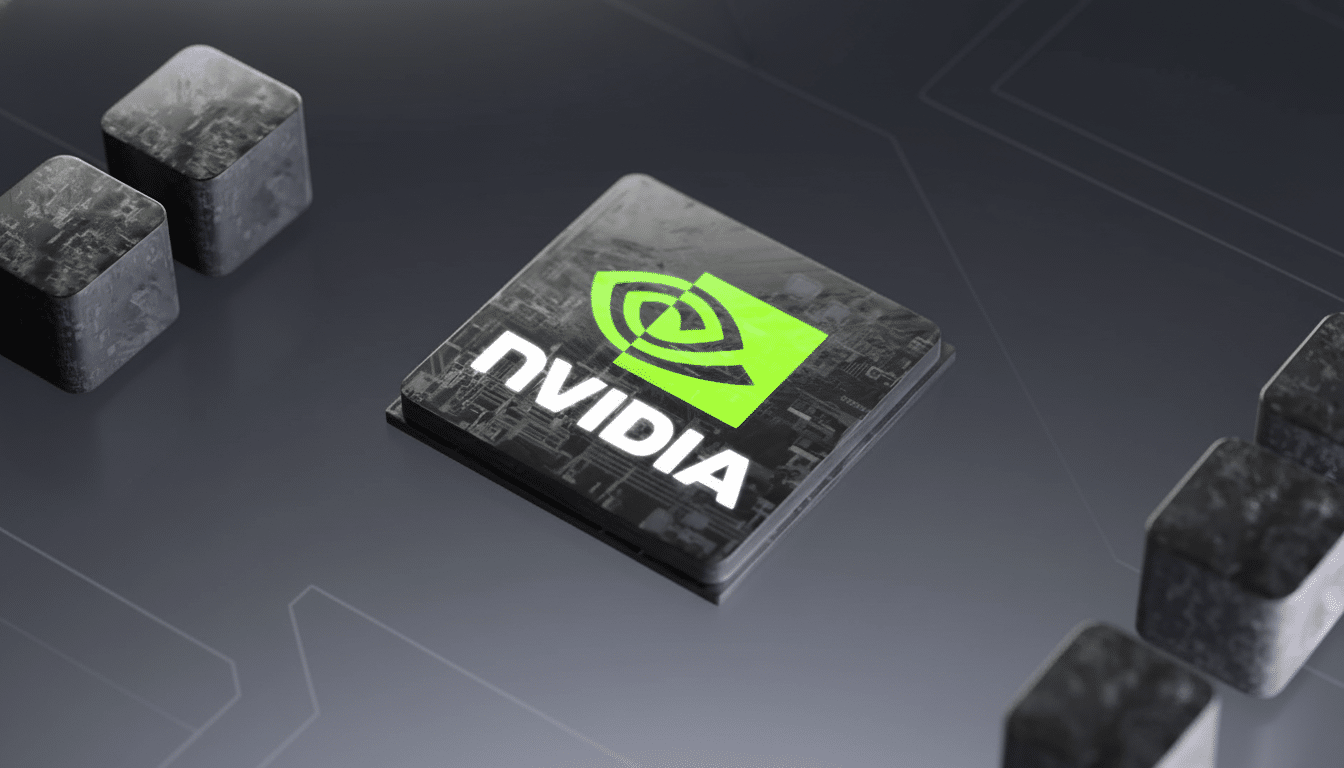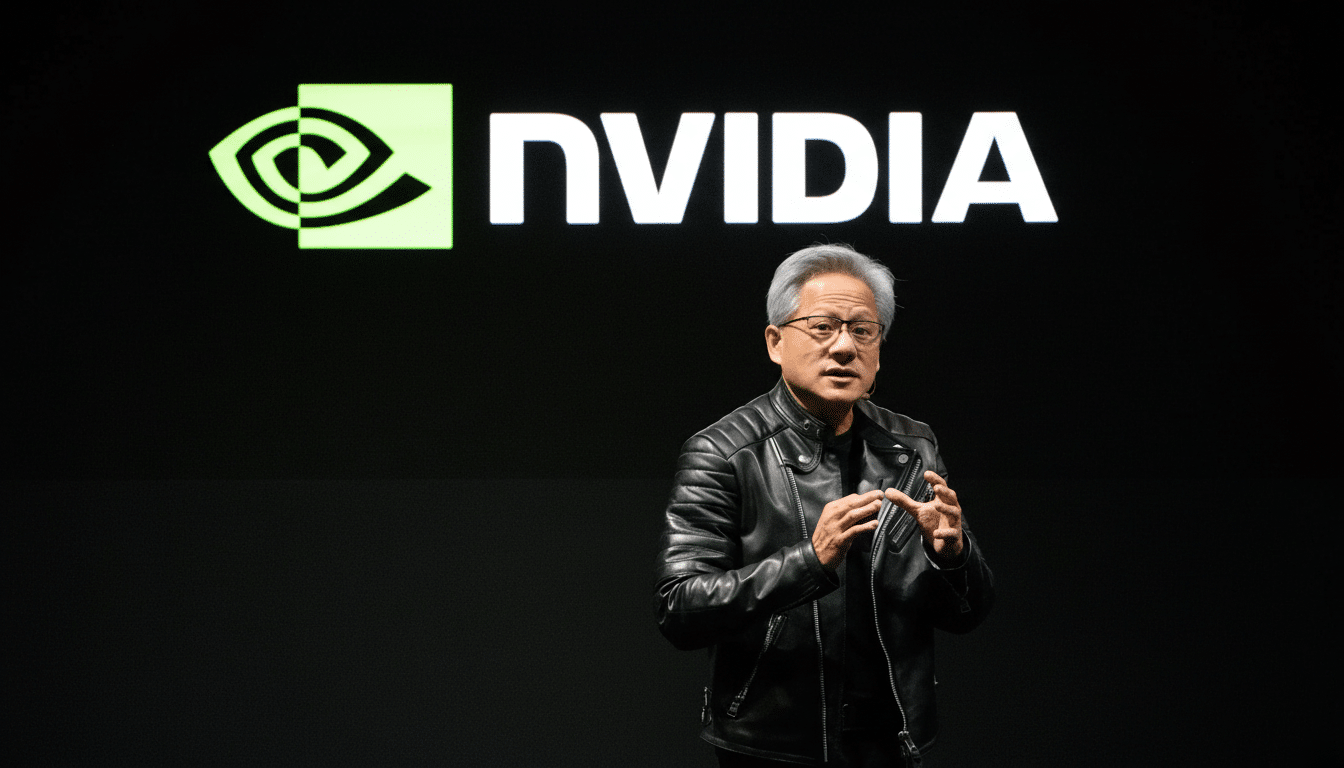A Securities and Exchange Commission filing by Nvidia highlighted one of its more extreme concentrations: Two direct customers between them represented 39% of the company’s revenue in the second quarter, illustrating how a few buyers are shoring up an otherwise astounding top line.
Nvidia reported a record $46.7 billion in revenue for the quarter, up about 56% year over year, driven largely by sales into AI data centers and enterprise GPU deployments.

What the SEC filing really tells us
Customer A totaled 23% of revenue in Q2 while Customer B was 16%;four other named direct customers also comprised double digits of customers: 14%, 11%, 11% and 10% respectively, the filing says.
Nvidia categorizes those purchasers as direct customers (OEMs, system integrators or distributors which buy chips straight from the company) as opposed to end users such as cloud platforms, which frequently make purchases through those intermediaries.
Why customer concentration matters
Concentration magnifies both the upside and the downside: a couple of big deals can result in blistering growth, but losing or slowing one account would pound revenue disproportionately. Investors and risk teams will closely watch renewal cadence and terms of contracts.
Analysts including Dave Novosel of Gimme Credit told Fortune that although the concentration is a risk, the likely buyers are loaded with cash and are projected to spend heavily on data centers—which could lengthen Nvidia’s tailwind to perhaps multiple years.
Who might those “mystery” customers be?
The filing doesn’t go so far as to name names, but the profile is a match for major OEMs and integrators that build freight‑scale systems — companies such as Dell Technologies, HPE, Supermicro, and Inspur routinely buying big piles of GPUs for enterprise and hyperscale customers.
Cloud providers — Amazon Web Services, Microsoft Azure, Google Cloud and Oracle Cloud — likewise figure prominently in the AI infrastructure boom, though they frequently show up as indirect buyers, purchasing through system builders or signing reseller agreements.

Supply-chain and geopolitical context
Exports, chip allotments and fab capacity determine who can buy what when. TSMC’s manufacturing cycle, and U.S. export controls on high-end accelerators, dictate which customers can receive supply, and in what volume.
That being said, a few customers with priority access, deep pockets and AI projects that cannot wait can pull in orders and generate outsized revenue pockets in any given quarter for Nvidia, which would help to explain concentrated orders.
Strategic implications for Nvidia and the market
For Nvidia, the near-term result is a flush cash position and a leveraged-up balance sheet, but the company will want to diversify its buyer base to minimize earnings volatility and the ability of any given partner to exert pricing pressure.
Competitors and suppliers — AMD, Intel, Marvell, and fabs including Samsung and TSMC among them — are watching as well. Concentrated, large purchases can set off bidding wars, shifts in R&D efforts and inventory plays throughout the ecosystem.
Regulators and institutional investors can be expected to keep an eye on future filings and conference calls for more granularity around contract duration, renewal risk and whether those direct customers are making good on orders for global hyperscalers.
In short: the headline numbers underscore Nvidia’s critical importance in the AI infrastructure boom, but the concentration revealed in the S.E.C. filing is a reminder that blistering growth can rest on a relatively narrow set of customers — an alignment that implies power and exposure in roughly equal parts.”

